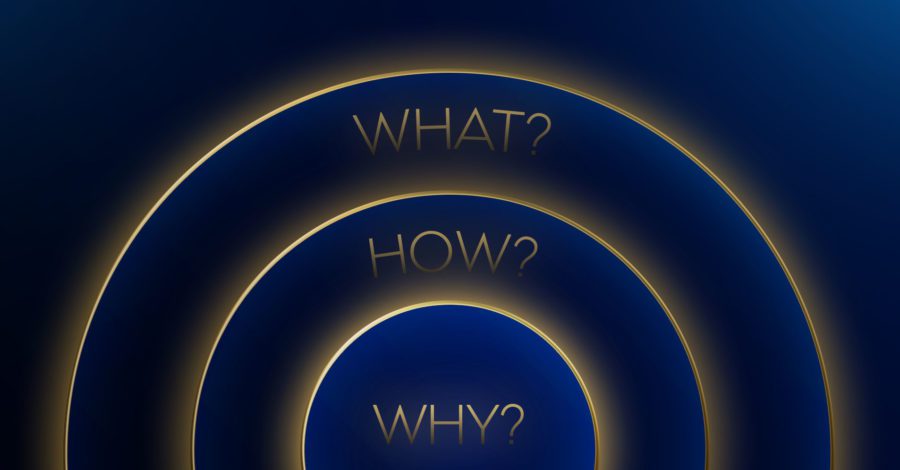What’s your type?
Choosing a typeface is an essential part of brand development. But where do you start? With thousands of free and paid-for fonts available, it can make your head spin. But don’t despair, following these key principles to help guide you through the process, you’ll meet your match in no time.
While good designers already know this, most ordinary folk don’t understand the difference between typeface and font. A typeface is a complete group of characters (think of it like a family). A font is the variation that makes up that family (bold, italic, light etc). Now that’s out of the way, let’s get into it…
Finding Your Font Style
Determining a font style is a great place to start when selecting your typeface. Serif, sans serif, slab serif, script, mono and display are all broad categories of typography. To keep it simple, let’s focus on serif and sans serif for now. The term serif means ‘a slight projection finishing off a stroke of a letter’. The word ‘sans’ means without. Which makes a typeface without serifs, sans serif. Simple, right? Serif fonts are traditional and classic, whereas sans serif are more modern and clean.
Have you ever noticed that the majority of books, magazines and newspapers are written using a serif typeface? That’s because generally speaking, serif typefaces are easier to read for longer copy. Serif typefaces help the eye travel along the line. But don’t be afraid to use a sans serif font for brochures and reports, where you have more design freedom. You also need to consider your audience. Sans serifs are preferable for children or readers with visual impairments as their simplified letterforms are easier to recognise.
Theme and Variation
When choosing your typeface, think about how many font variations you might need. The more fonts within the typeface, the more options you have. Bold, regular and italic are a thing of the past. These days we’re blessed with a multitude of different font weights. Helvetica is one of the most popular typefaces in the world. Used for every typographic project imaginable the reason for Helvetica’s popularity is not solely because of its neutrality, but also because of its flexibility. The complete family consists of dozens of fonts, including regular, condensed, compressed, narrow, rounded, textbook and everything in between! If you need a comprehensive font library, consider variation when narrowing down your search.
Fonts are like People
Like people, different fonts have different personalities. It’s important to work out what fonts match your intended tone of the communication. Serif typefaces are often associated with being reliable, formal, respectable, authoritative, and traditional. Sans serifs are described as being universal, clean, modern, sensible and straightforward. Script typefaces exude elegance and creativity, whilst slab serifs come across as strong and authoritative. Each font evokes different emotions. Working out what personality you want to portray is key to ensuring that you connect with the right audience.
Let’s Be Clear
On your search for the perfect typeface, it’s easy to find one that you LOVE. But at the end of the day, if it’s not legible, then it’s not a match for you. Sometimes you need to put your personal preference to one side and find a typeface that works better for the project, even if you don’t love it quite as much.
If people can’t easily read your message, then they will disregard it. Some fonts are designed to create typographic statements, and stand out from the crowd, but it can come at the expense of legibility. A general rule of thumb is that the most legible typefaces are ‘transparent’ to the reader. Their restrained characteristics highlight the meaning over the medium. But as with everything, it completely depends on the context. It’s okay to be playful, and have fun, as long as it’s legible.
Font Pairings
It’s rare that you’ll only need to use one style of font for your project. That’s where font pairings come in. Like gin and tonic, some things are just meant to go together. If you choose a typeface with a large variation of fonts, you’ll have a ready-made range of styles that are specifically designed to work together. A good typeface family might even include both serif and sans serif versions. But when this is not the case, or you want to mix things up a little, you’ll need to play matchmaker. The best rule of thumb is to pair contrasting typefaces – finding totally different, yet complementary fonts. A font with a strong structure and geometric form will work well with an elegant and traditional style. While a bold, rounded typeface will match up well with a lighter condensed style. Play around with it, have fun, but always remember that there needs to be some contrast.
To sum up, put aside your personal preference and choose a font/fonts that works with the project. Make sure it says what you want to say. Most importantly, make sure people can read it. Understanding some of the basics will help you make an informed choice for your next design project. But remember, even though there’s certain ‘rules’ to typography, sometimes they’re are meant to be broken.
